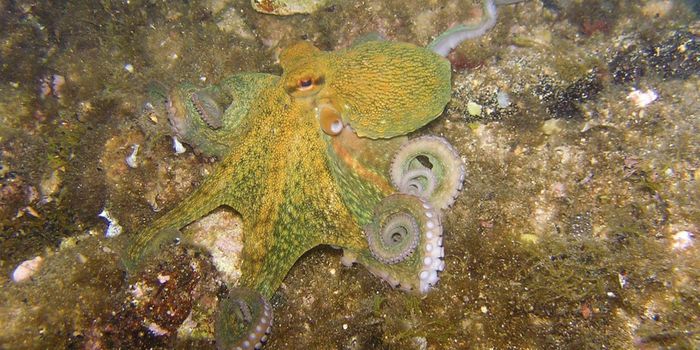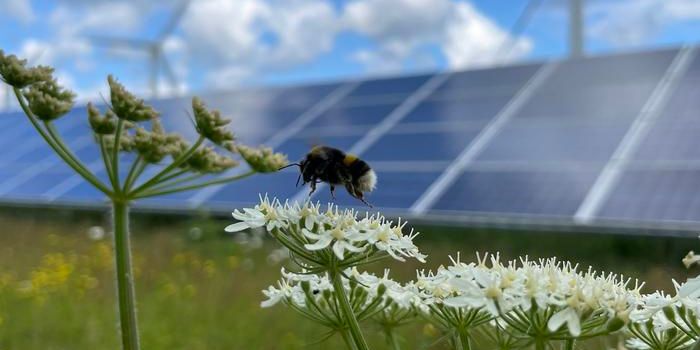Venus Flytraps Generate Magnetic Fields
The Venus flytrap (Dionaea muscipula) might be the most famous carnivorous plant; it can entice prey to land on its leaf lobes, which it can shut like a trap. Just like the signals that flash through the human body as we move, the plant uses electrical impulses known as action potentials to close those lobes. Research published in Scientific Reports has now indicated that the action potentials in the Venus flytrap also generate small magnetic fields that can be recorded with devices called atomic magnetometers.
"You could say the investigation is a little like performing an MRI scan in humans," explained physicist Anne Fabricant. "The problem is that the magnetic signals in plants are very weak, which explains why it was extremely difficult to measure them with the help of older technologies."
In the Venus flytrap, if the sensitive hairs on the leaf lobes are stimulated, an action potential moves through the plant. If two occur in succession, the trap closes and prey will be locked inside and digested. The trap can be stimulated in several ways, such as injury, touch, salt, water, heat, or cold.
Action potentials in the human body come from the movement of ions across membranes, which creates an electrical gradient. Neurons use action potentials to communicate. Electrical activity in neurons can be recorded in several ways, including electroencephalography (EEG), and magnetic resonance imaging (MRI). Plants can also generate electrical signals that move through a network of cells, similar to a nervous system. In the Venus flytrap, magnetic signals have now been linked to this electrical activity.
"We have been able to demonstrate that action potentials in a multicellular plant system produce measurable magnetic fields, something that had never been confirmed before," said Anne Fabricant, a graduate candidate in Professor Dmitry Budker's research group at Johannes Gutenberg University Mainz (JGU) and the Helmholtz Institute Mainz (HIM).
Living organisms are known to generate magnetic fields, and at least one scientist has even suggested that some people can sense magnetic fields. But there's still a lot we don't know about magnetic fields in plants. In this research, the scientists used sensitive atomic magnetometers instead of bulky superconducting-quantum-interference-device (SQUID) magnetometers that are typically used in plant studies.
The atomic magnetometers showed that the flytraps were producing magnetic signals that have maximum amplitudes of 0.5 picotesla (a level that is millions of times lower than our planet's magnetic field). "The signal magnitude recorded is similar to what is observed during surface measurements of nerve impulses in animals," said Fabricant.
Further studies will investigate even smaller magnetic signals in other types of plants. It may one day be possible to use these magnetic fields to help agricultural plants respond to temperature or environmental changes.
Sources: AAAS/Eurekalert! via Johannes Gutenberg Universitaet Mainz, Scientific Reports









